
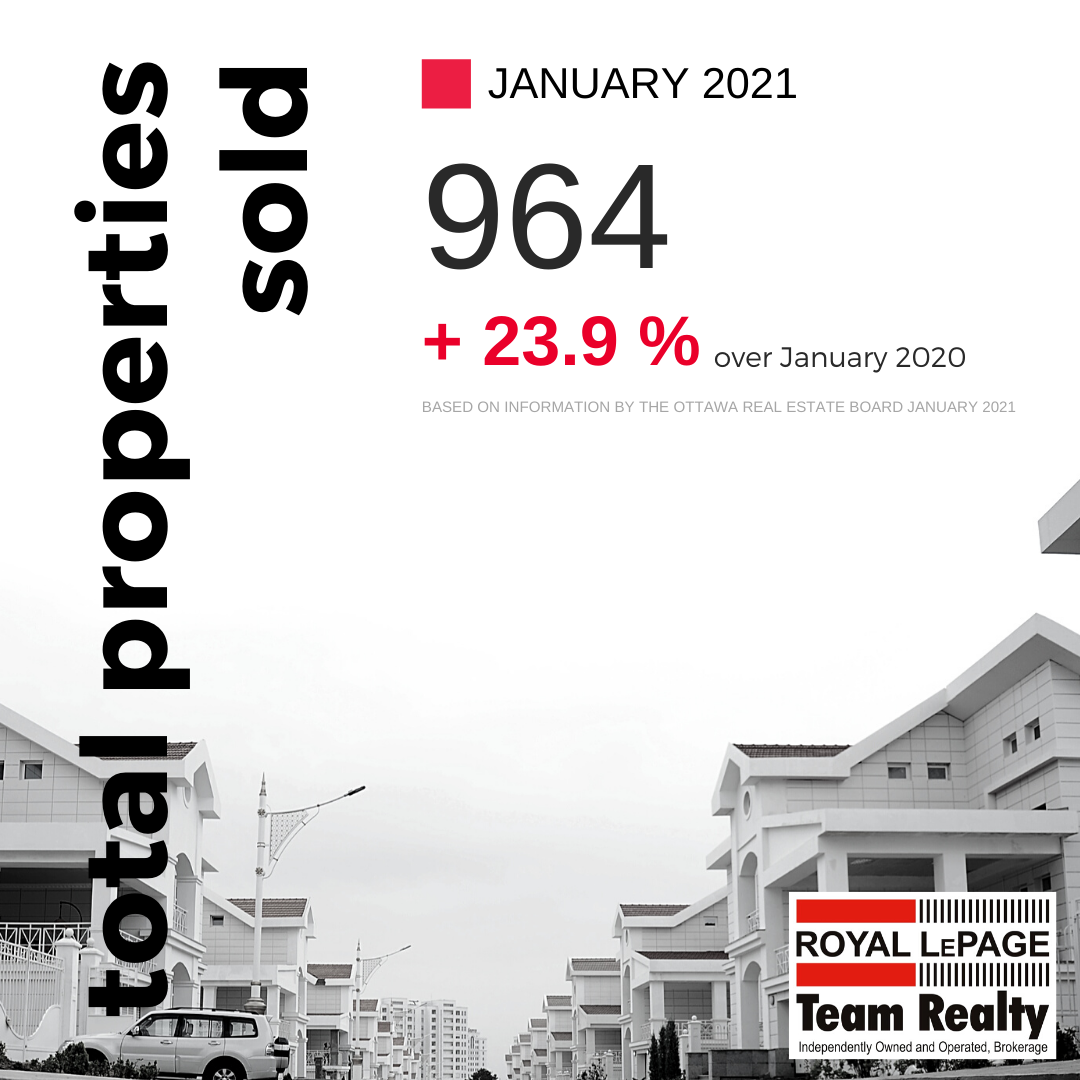
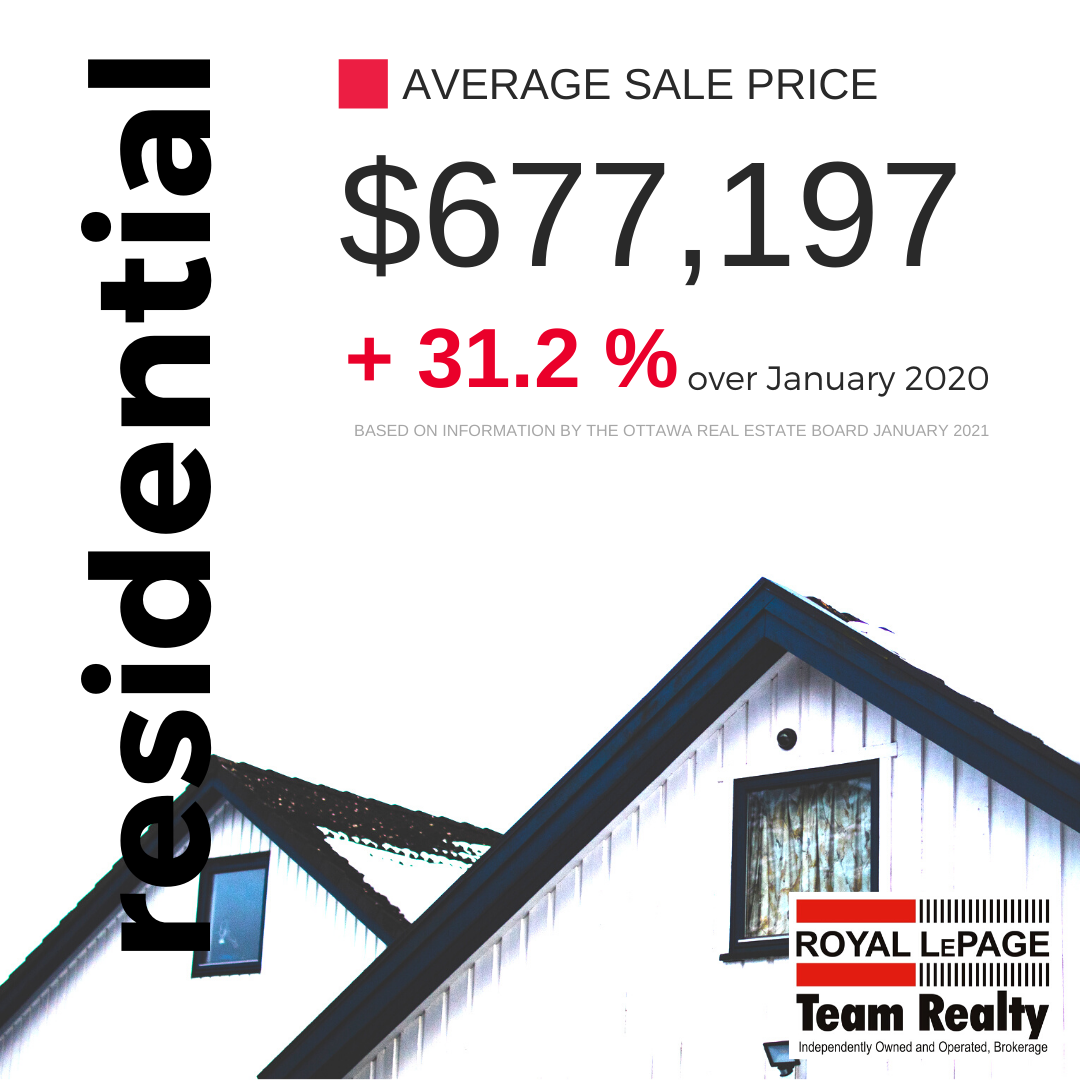

The Molly & Claude Team Realtors Ottawa, Royal LePageTeam Realty
by Claude Jobin
by Claude Jobin
by Claude Jobin
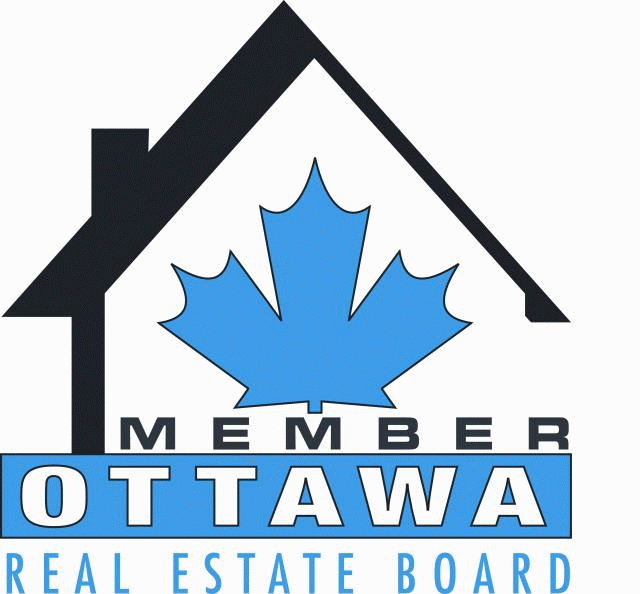
by Claude Jobin

by Claude Jobin
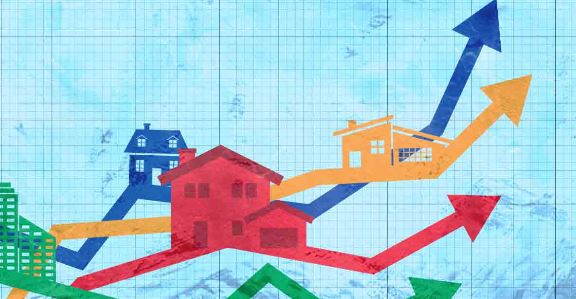




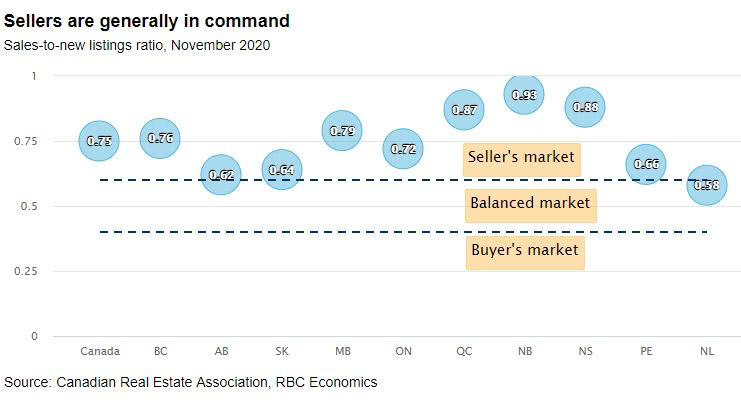
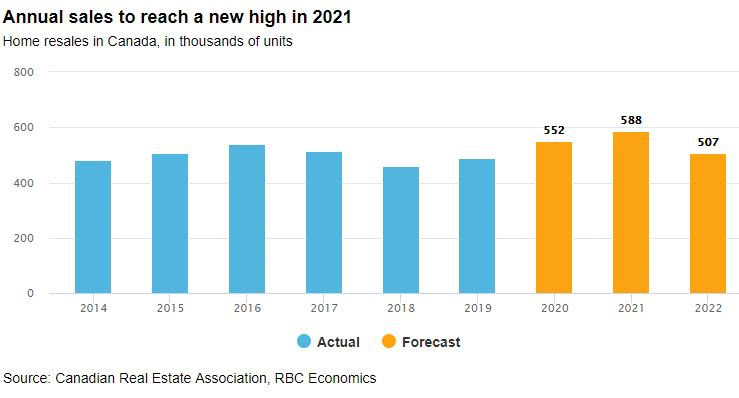
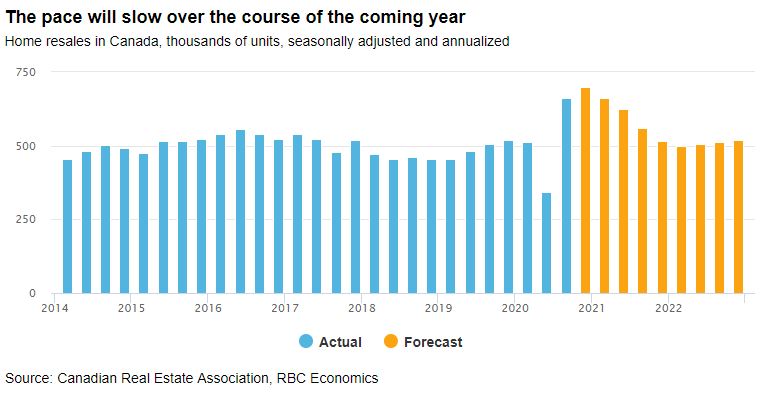
 High sensitivity to interest rates poses a potential risk…
High sensitivity to interest rates poses a potential risk…


by Claude Jobin
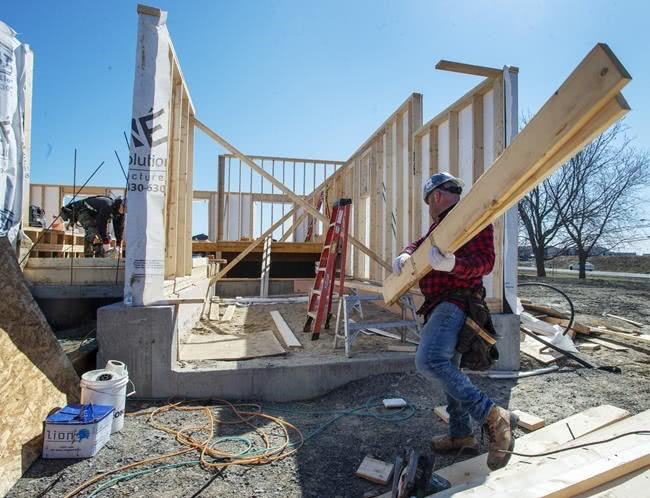

by Claude Jobin

by Claude Jobin
by Claude Jobin
